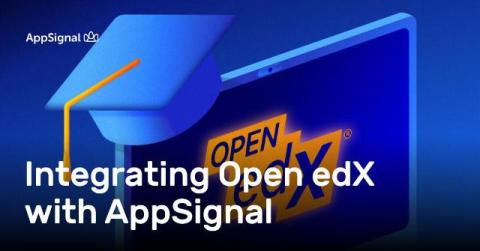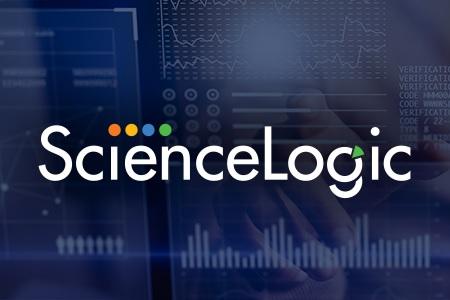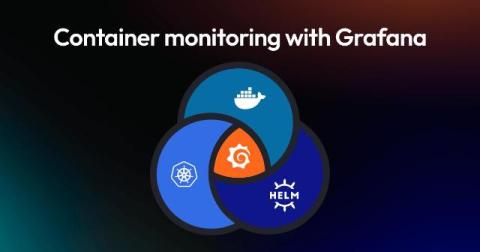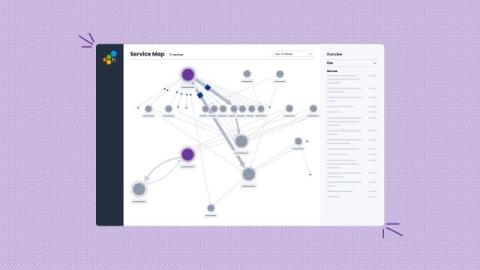Integrating Open edX with AppSignal
Imagine stepping into the role of a DevOps engineer at an online learning company that utilizes Open edX as its core Learning Management System (LMS). As the platform scales to accommodate more learners, a myriad of challenges begin to surface: These are just the tip of the iceberg. It's pivotal that you provide timely reports on site performance and error tracking in real time, and fix any issues before they affect a significant user base.











